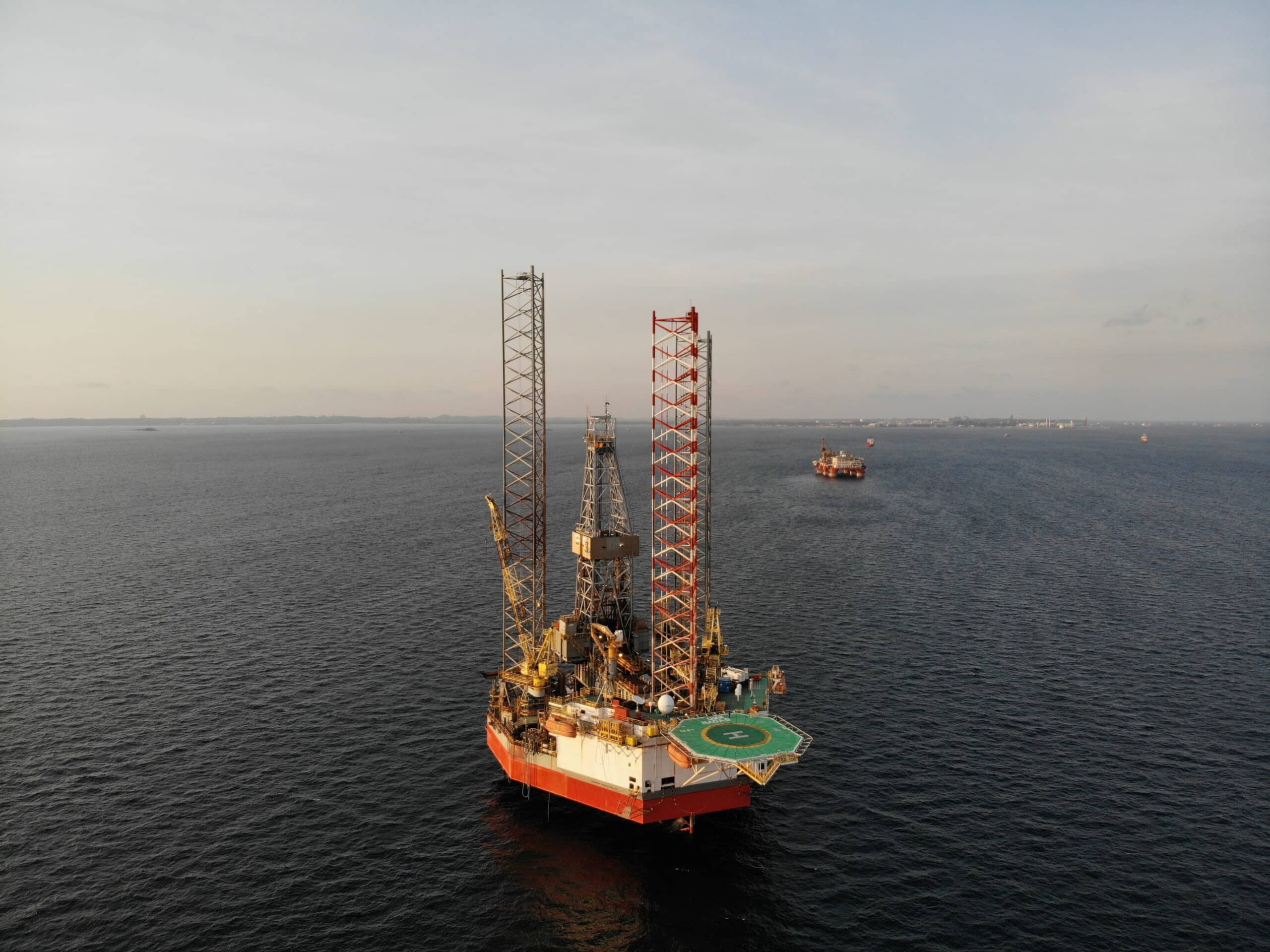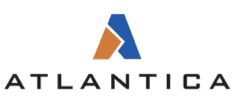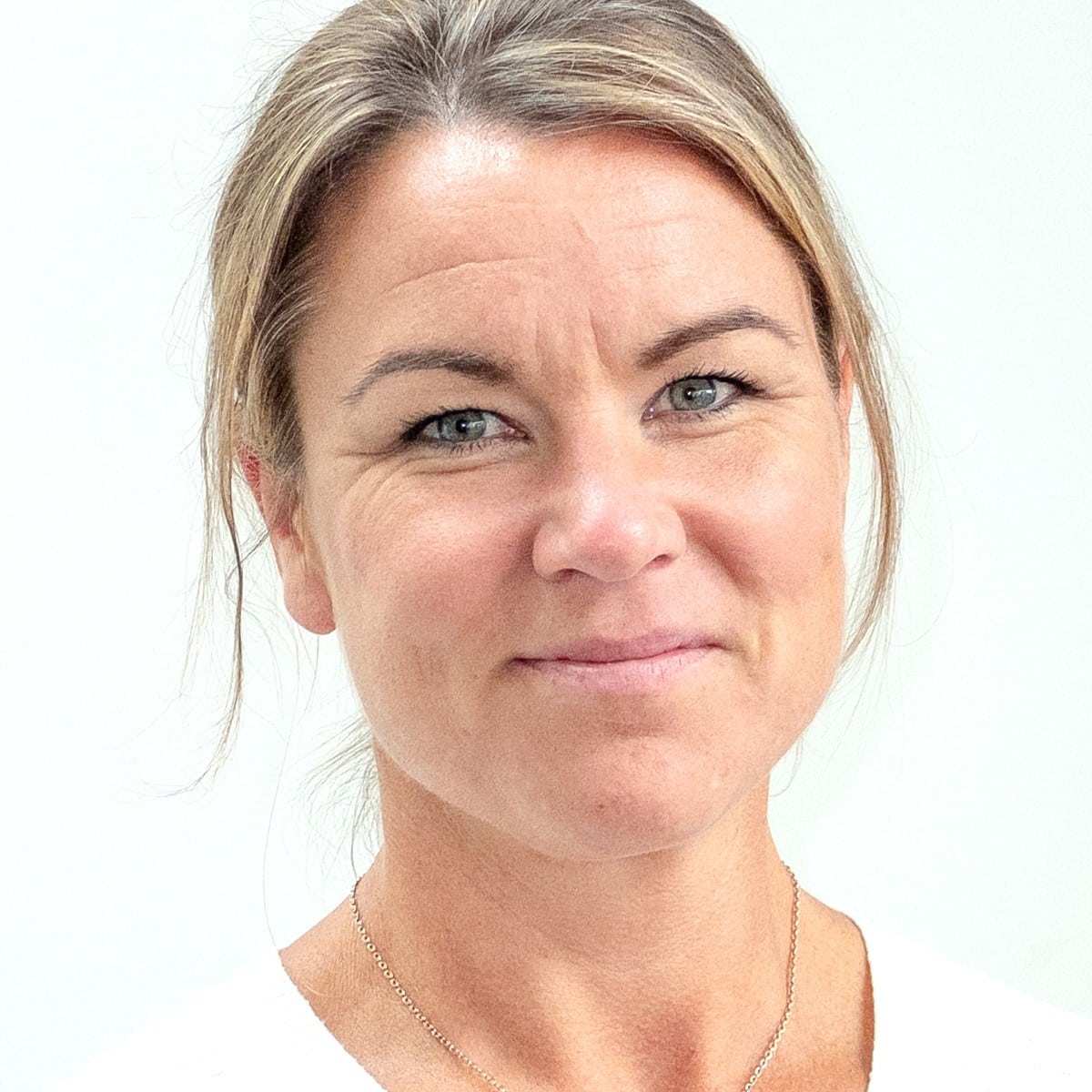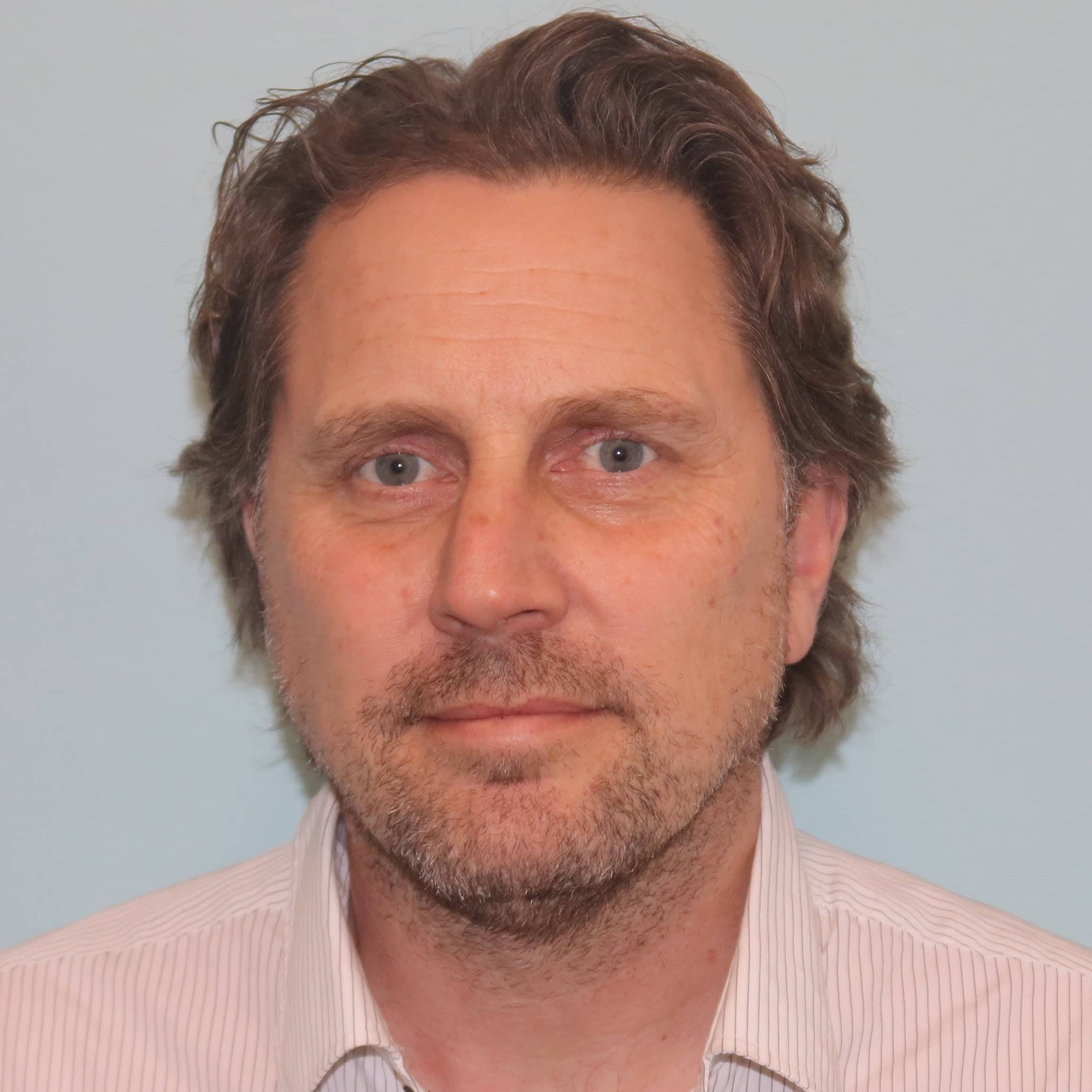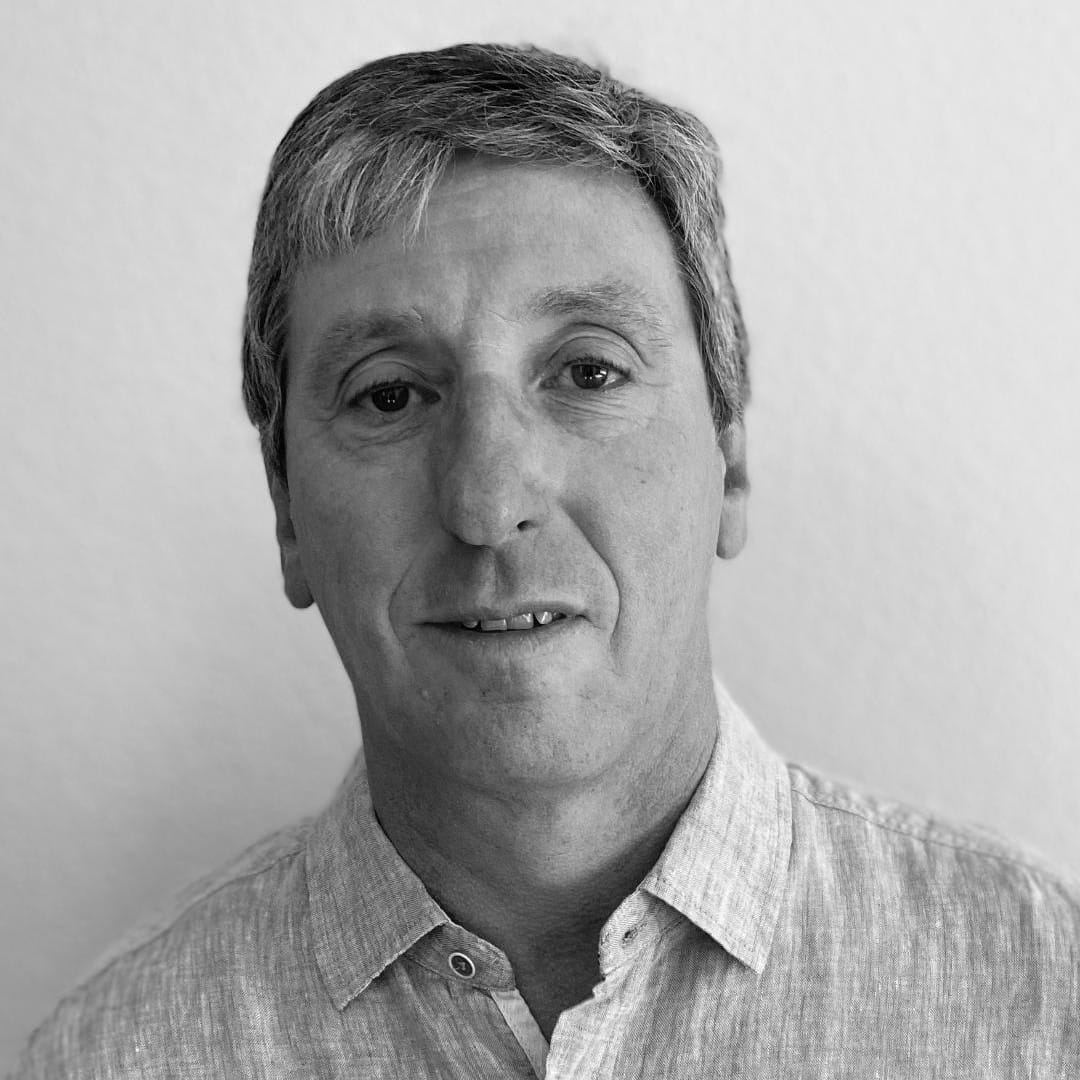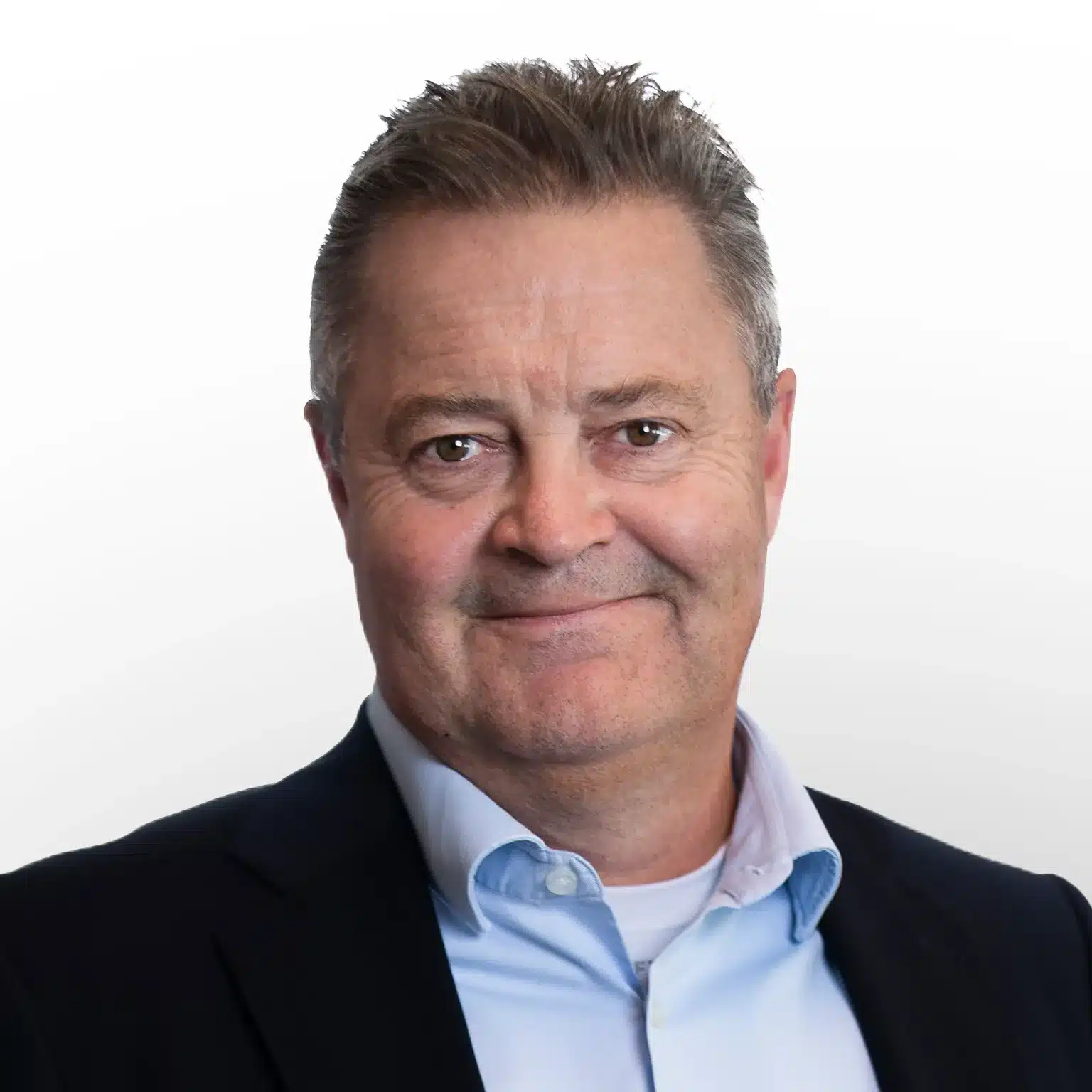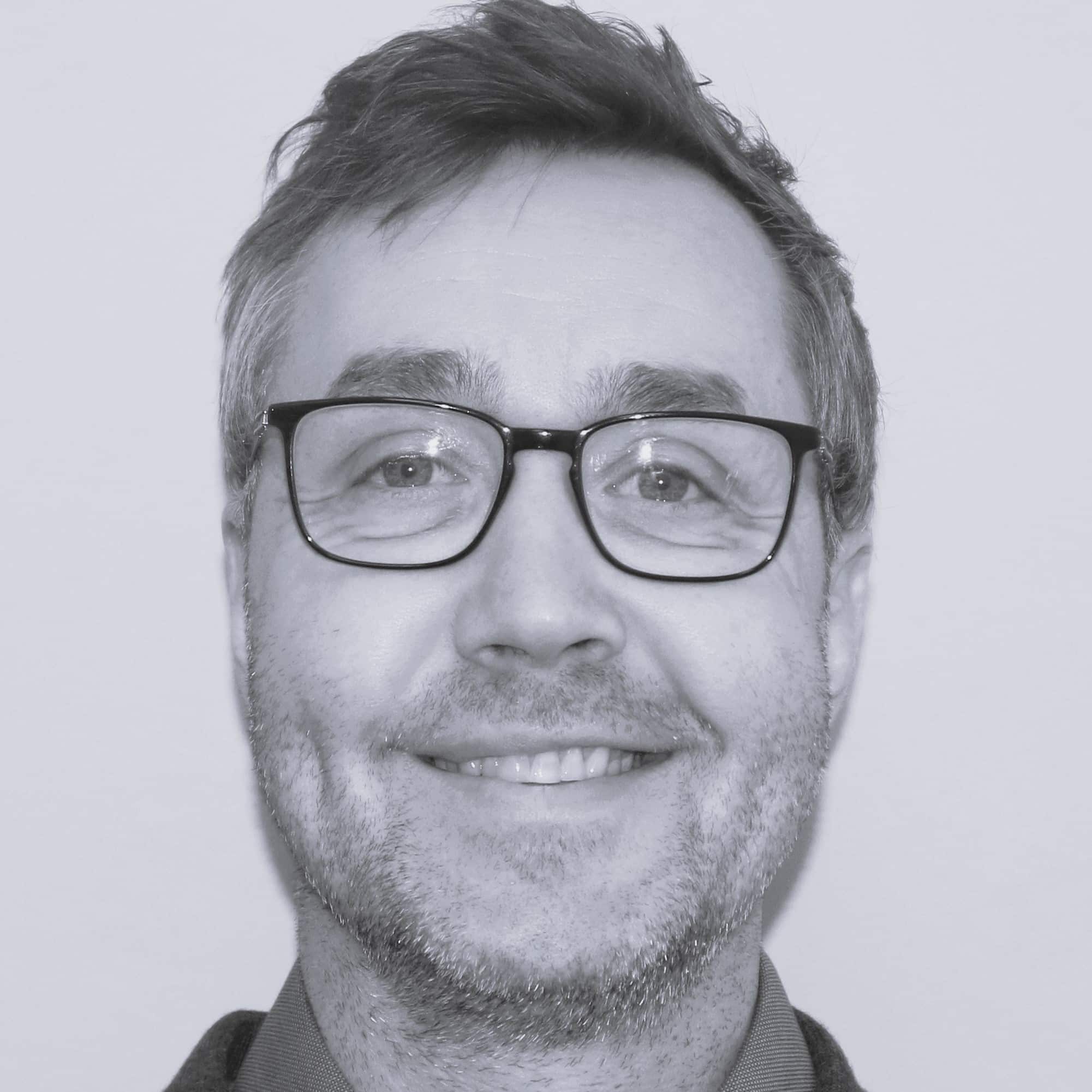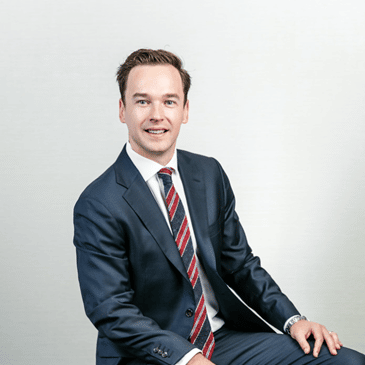This week saw a slowdown in rig contracting activity, with no new fixtures announced. However, it has been an interesting week for the French major TotalEnergies, as the company sanctioned a new development offshore Suriname and plans to resume exploration drilling in Namibia's Orange Basin.
In case you missed it, you can access our previous Rig Market Roundup here.
Drilling Activity and Discoveries
The Norwegian Ocean Industry Authority (Havtil) has given Aker BP consent to use the 492-ft jackup Noble Invincible for production drilling on the Tambar Øst (East) field offshore Norway. Tambar Øst is a field in the southern part of the Norwegian sector of the North Sea, two kilometres east of the Tambar field. The water depth is 70 metres. The field was discovered in 2007 and has been developed with one production well drilled from the Tambar facility. The consent includes drilling of production wells 1/3-K-5 and 1/3-K-3. The CJ70 unit is currently working on the Falstaff well for DNO, after which it will return to Aker BP to work under the terms of a frame agreement that will run until late 2027.
TotalEnergies will resume exploration drilling in the Orange Basin offshore Namibia in the fourth quarter of 2024 with the Tamboti prospect, located in Block 2913B north of the company’s Venus discovery. The Northern Ocean-owned 10,000-ft semisubmersible Deepsea Mira recently concluded drilling a well on the Marine XX licence offshore the Republic of Congo for TotalEnergies and is now en route to Namibian waters. Deepsea Mira is managed by Odfjell Drilling. TotalEnergies used Deepsea Mira for its Venus appraisal drilling from around late June 2023 to early May 2024 and in August 2024 extended its contract for the unit. The company also has the Vantage Drilling-managed 12,000-ft drillship Tungsten Explorer to use for work in West Africa following its agreement in February 2024 to acquire 75% ownership of the rig. TotalEnergies has confirmed additional prospects south of Venus via a 2024 3D seismic campaign and is considering potential Namibian wells there in 2025, as well as potential wells on its South Africa licences Block 3B/4B and DWOB in 2025. TotalEnergies is also progressing engineering work for its Venus development offshore Namibia, a planned 160,000 b/d development.
Aker BP has proven gas in appraisal well 6507/2-7 S in the Norwegian Sea, 230 kilometres west of Sandnessjøen. The well was drilled to confirm the size of the previous discoveries made in 2022 in 6507/2-6 (Storjo East and Kaneljo in Jurassic and Cretaceous reservoir rocks, respectively). The well is located in production licence 261 and situated around 12 kilometres west of the Skarv field. Aker BP is the operator of production licence 261 with Wintershall Dea (Harbour Energy) as the other licensee. The water depth at the site is 340 metres. Preliminary estimates place the size of the discoveries between 2 and 8.7 million standard cubic metres (Sm3) of recoverable oil equivalent in the primary exploration target. This corresponds to around 13-55 million barrels of oil equivalent. In the secondary exploration target, the preliminary estimate is between 1.3-1.8 million Sm3 of recoverable oil equivalent, which corresponds to around 8-12 million barrels of oil equivalent. The licensees will consider tying the discoveries back to existing infrastructure in the area. The appraisal has been temporarily plugged. Before drilling well 6507/2-7 S, the operator’s resource estimate for the primary exploration target was between 2.6-10.3 million Sm3 of recoverable oil equivalent, while the secondary exploration target had estimated resources of 0.9-1.5 million Sm3 of recoverable oil equivalent. The primary exploration target for well 6507/2-7 S was to prove gas in reservoir rocks in the Tilje Formation in the Lower Jurassic. The secondary exploration target was to prove gas in reservoir rocks in the Middle Jurassic (the Garn Formation) and in reservoir rocks in the Upper Cretaceous (Lysing Formation). In the primary exploration target, well 6507/2-7 S encountered gas in the Tilje Formation, which is 133 metres thick, 43 metres of which in sandstone rocks with moderate to poor reservoir quality. The gas/water contact was not encountered. In the secondary exploration target in the Garn Formation, well 6507/2-7 S encountered a 30-metre gas column in sandstone rocks totalling around 14 metres with poor reservoir quality. In the other secondary exploration target, well 6507/2-7 S encountered a gas column of around 8 metres in the Lysing Formation in sandstone rocks totalling 65 metres with very good reservoir quality. The gas/water contacts were not encountered in any of the formations. Extensive data acquisition and sampling have been carried out. A successful production test was conducted in technical sidetrack 6507/2-7 S T2 in the upper part of the Tilje Formation. The maximum production rate was 300,000 Sm3 of gas per flow day through a 20/64-inch nozzle opening. The appraisal well was drilled with Odfjell Drilling’s 6,560-ft semisub Deepsea Nordkapp, which will proceed to production licence 932 where Aker BP is the operator.
Petrobras has informed that the gas potential in the Sirius-1 and Sirius-2 discoveries (formerly known as Uchuva-1 and Uchuva-2) is around 6 trillion cubic feet. This confirms the magnitude of the discoveries made in the Guajira Offshore Basin. However, their commerciality demands more in-depth study. Petrobras is the operator of the block with 44.44% interest, together with Ecopetrol (55.56%).
Valeura Energy has revised its work programme offshore Thailand to include more drilling than originally planned, with no addition to its capital budget. Valeura has Borr Drilling’s 350-ft jackup Mist on a long-term contract, and said Thursday that the drilling programme revision came as a result of faster-than-planned drilling operations in 2024 to date. The company plans to move the rig to its 70%-owned Manora field before the end of 2024, where it will begin a planned five-well infill drilling and appraisal programme. In the meantime, production operations utilising the existing well stock at Manora are progressing on plan, Valeura said. Following the drilling of the two Jasmine field infill wells in August, the Mist rig was demobilised for scheduled inspection and maintenance work in dry dock. The rig has just returned to Valeura’s Jasmine field to resume infill development drilling, with three infill wells currently planned.
Demand
Instead of the phased approach that EnergyPathways had originally intended for the Marram Project when it came to market last year, the company has moved directly to its more ambitious and higher-value Marram Energy Storage Hub (MESH Project). The company’s main focus now is to move straight to the development of the upscaled MESH Project, rather than be limited by the fast-track standalone development of Marram. This decision was taken by the board following an assessment of the challenges in obtaining financial and regulatory support for a standalone gas development versus the MESH Project. Namely, EnergyPathways is developing MESH, which is designed to be a decarbonised, fully electrified storage facility that can supply natural gas and green hydrogen to the UK market, at scale. As a result of the acceleration of the MESH Project, FID is now expected to occur in late 2025, instead of initial plans for late 2024, with the first energy supply in 2027. It is the expectation of management that the majority of funding required will be represented by debt finance. EnergyPathways Chairman, Mark Steeves, emphasised that the MESH Project is not only higher value than the original stand-alone gas development, but it is also eminently more deliverable from a financing and approval perspective. “Accordingly, we are presently engaged in constructive discussions with the lending arm of a major integrated oil and gas company for project financing, with the vast majority of capex to be in the form of debt, given the infrastructure-type annuity cash flows associated with such a project,” he added.
Tower Resources has received a proposal for the financing of its planned NJOM-3 well offshore Cameroon via a farm-out of a minority position to another upstream company. Tower stated that it is in discussions with the company and if the proposal concludes positively, it would provide sufficient funds to drill the well. Tower is also expecting a proposal from at least one other company that has expressed interest in partnering on the work. Tower intends to conclude a transaction as soon as possible. The NJOM-3 well on the Thali licence is now being targeted to spud in early 2025. Earlier this year, Tower received an extension for the exploration period to 4 February 2025. The company had previously targeted spud dates in 2023 and 2024. In late 2023, Tower had an agreement with Borr Drilling to use the 400-ft jackup Norve for this work. Norve is now contracted for work offshore Gabon and Equatorial Guinea into mid-2025. Tower stated that it now had more rig alternatives available for the work. Tower Resources also has discussions with banks underway, one for longer term development financing of the next three wells it has planned for the Njonji structure; and one for short term development which would supplement a farm-out to finance putting NJOM-3 into production earlier, while the company works on the next three wells. Tower expects to reach a conclusion on this short-term production option and bank financing in the coming months, before drilling NJOM-3.
The UK’s North Sea Transition Authority (NSTA) has extended the Second Term of i3 Energy’s P2358 Licence in the UK North Sea by 18 months, so that it will end on 31 March 2026. The licence’s four-year second term began on 30 September 2020 and the licence was due to expire on 30 September 2024. Now that the extension has been granted, the Third Term of the Licence is reduced by the same time period. Furthermore, the area of the licence has been reduced to encompass the Serenity field only. It previously included the Liberator field discovery and the Minos High prospect. Majid Shafiq, CEO of i3 Energy, said the extension will allow the company more time to evaluate development options for the Serenity field. Europa Oil & Gas, i3 Energy’s partner in the licence, has recently stated it does not intend to apply to the NSTA for the extension to the licence. As a result, the incurred costs associated with Serenity that Europa has capitalised on its balance sheet will be written off. Earlier this year, Europa shared its concerns over the impact of possible future changes in the UK’s fiscal regime on project economics. At the time, Europa warned that the removal of the Energy Profits Levy (EPL) investment allowance “may negatively impact the economics of Serenity and may jeopardise any future development.”
TotalEnergies and its partner APA Corporation have announced the final investment decision (FID) for the GranMorgu development on Block 58, offshore Suriname. The project involves the development of the Krabdagu and Sapakara discoveries and includes a 220,000-barrel-per-day FPSO unit, designed to accommodate potential future tie-back developments. The GranMorgu FPSO will also incorporate technology aimed at reducing greenhouse gas emissions, with targeted scope 1 and 2 emissions intensity below 16 kg CO2e/boe. Around 32 wells, including production wells and water and gas injection wells, are expected to be drilled, utilizing a semisubmersible and a drillship starting in the latter half of 2026. First oil is expected by 2028, with an estimated total investment of around $10.5 billion. Additionally, the two companies have retained the option to continue exploring Block 58. TotalEnergies holds a 50% stake as the operator, together with APA Corporation with the remaining 50%. Staatsolie, Suriname’s national oil company, has expressed its intent to exercise an option to participate in the project with up to a 20% interest. The partners have agreed that Staatsolie’s contribution will begin at FID, with its final interest set to be confirmed by June 2025.
Japan Petroleum Exploration (JAPEX) plans to conduct exploratory drilling off Japan in 2026 to confirm the presence of natural gas in the offshore Hidaka area, off Hokkaido. JAPEX made a gas discovery in the area in 2019, in a water depth of about 1070 metres (approximately 3510 feet), using the 10,000-ft Valaris 8504 semisubmersible drilling rig. Now, the company aims to drill at a site approximately 5 km northwest of the 2019 discovery well. The drilling is expected to take place between March and May 2026. While collecting data from the site, JAPEX will conduct a production test on the geological formation that showed the presence of natural gas. Since the 2019 drilling JAPEX has been analysing and evaluating the data. Based on this analysis, the company has decided to move forward with further exploration to better understand the gas reserves in the area and assess the potential for future development. If the presence of natural gas is confirmed and commercial-scale production realised, JAPEX said this could provide a stable supply of domestically produced natural gas for Japan, that is not affected by international affairs. The project has been selected by the Agency for Natural Resources and Energy of the Ministry of Economy, Trade and Industry (ANRE) for subsidy under the “Geological Survey for Domestic Oil and Natural Gas” program for FY2024. Up to 50% of the drilling costs will be covered by public funds.
Mobilisation/Rig Moves
Foresight-owned 350-ft jackup Foresight Driller IX has arrived at a drilling site off the west coast of India, in preparation for its upcoming contract with ONGC. Earlier this year, the jackup was relocated to Mumbai for class recertification and contract preparation ahead of its new campaign with ONGC. The 1983-built LeTourneau 116-C jackup is expected to start operations in early October 2024 under the three-year contract. This contract was awarded under Category I awards in Q4 2023.
COSL’s 4,921-ft semisub COSLProspector has left the yard in Norway and is en route to Vår Energi’s field in the Barents Sea. After securing a two-year firm contract with Vår Energi in August 2023, the semisub rig arrived in Norway from China in February 2024. The contract also includes an option for an additional three years. In order to be able to work in Norway, the rig had to undergo preparations, which included the receipt of an Acknowledgment of Compliance (AoC) from the state safety regulator Havtil. Following several audits as part of the processing of COSL’s application for the AoC, COSL had to address the identified non-conformities and assess the improvement points found by the regulator. The rig has now left the yard and is heading towards the Goliat field, located in the Barents Sea, where it is expected to arrive on 6 October 2024. Another one of COSL’s rigs, the 2,460-ft COSLPioneer, has recently moved to Norway after completing a contract in the UK. It is now preparing for a new contract, also with Vår Energi in Norway. COSL’s third North Sea rig, the 2,460-ft COSLPromoter, has been working for Equinor in Norway for years. COSL’s fourth semisub, the COSLInnovator, is currently in the UK sector of the North Sea and it is expected to move to Norway next year for a new contract with Equinor.
Shelf Drilling 250-ft jackup High Island IX has returned to offshore operations in Saudi Arabia following a planned out-of-service period. Following a yard stay at Zamil Shipyard in Dammam, the rig arrived at its offshore location on Sunday to restart operations under a Saudi Aramco contract. Built in 1983, the rig is working under a long-term contract with Saudi Aramco, which runs until June 2031.
Seadrill’s 12,000-ft drillship West Auriga has arrived at the port of Angra dos Reis, Brazil, after departing from the US GOM. The rig completed its contract with bp in early March 2024 and underwent repairs and maintenance until August, when it began its journey south. The new contract with Petrobras is set to start in December 2024, keeping the rig busy until Q4 2027. It is one of six rigs – comprising floaters and one jackup – entering Brazil over the next year to begin work with the state-owned operator. This will increase Petrobras’ working fleet from the current 25 rigs to 32 by Q3 2025, with further expansion possible pending the results of the Sepia-Atapu-Pedunculo tenders for three high-spec floaters, which are expected to start operations in Q1 and Q2 2025.
Malaysia’s Velesto Energy said Thursday it had completed the mandatory 5-year Special Periodical Survey (SPS) for its 375-ft jackup rig, NAGA 6, at Labuan Shipyard, Labuan. According to Velesto, the scope of work included essential class recertification, upgrades, repairs and maintenance such as Underwater Inspection in Lieu of Dry Docking (‘UWILD’), Drilling Equipment System maintenance, Well Control Equipment recertification, Marine System maintenance, Pipe Racking System VFD upgrade, Zone Management System upgrade, CCTV System upgrade, NOVOS hardware installation and some piping & steel renewal. The ABS-classed rig entered the yard in July. The rig is currently still in Brunei Bay off Labuan, but is soon expected to mobilise for operations offshore Sarawak, continuing its contract with Petronas Carigali. Announced in March 2024, the contract covers drilling operations from February 2024 to February 2026.
Petronas Carigali is relocating the 400-ft jackup PV Drilling VI this week from the Irama North-1 well site in PM304 offshore Malaysia to another location within the same block. Supported by JM Salam and SK Pioneer vessels, the PV Drilling-owned jackup will move to the Bekantan-1 well site, offshore Terengganu. The rig had previously arrived at Irama North-1 from the Amaryllis-1 well site in August. No information has been released yet regarding the results of the Irama North-1 drilling. PV Drilling VI, which is capable of drilling up to 30,000 feet in water depths of up to 400 feet, is under a long-term contract with Petronas Carigali.
Other News
TGS, a seismic data acquisition and processing company, has cancelled its plans to carry out the Otway Basin 3D multi-client marine seismic survey in Australia amid environmental groups’ opposition. The proposed survey was intended to take place in Commonwealth waters offshore Victoria and Tasmania, aiming to provide enhanced 3D subsurface imaging to improve the understanding of the area. To date, the area has only been covered by sparse 2D data, according to TGS. The new data was expected to improve confidence in mapping major geological units, aiding the identification and de-risking of petroleum prospects across the seismic survey area. The survey was planned to last either 400 days or cover 15,000 km² of full-fold data, whichever was achieved first, information in TGS’ environment plan shows. However, on Thursday, NOPSEMA published a note indicating that the plan had been cancelled, without providing further details. Environmental groups had previously raised concerns, saying that the seismic activities could harm Biologically Important Areas, endangered species, and krill populations. According to the Australian Marine Conservation Society, at least two-thirds of the 30,000 public submissions were against the proposal. Australian Energy Producers, an organisation representing the country’s upstream oil and gas exploration sector, described TGS’ decision to cease its search for new gas supply in Victoria’s Otway Basin as a major blow to Victoria’s energy security. The organisation warned that this would exacerbate the looming gas shortages in eastern Australia. Samantha McCulloch, Chief Executive of Australian Energy Producers, said that the TGS decision underscored the increasingly challenging regulatory and investment environment in Australia, particularly in Victoria, where new gas supply is most needed. She said that activists opposing the seismic surveys were at odds with the science and misrepresented a technology that has been safely used for over 60 years. McCulloch said seismic surveys are a safe and essential technology, utilised not only in oil and gas but also in the offshore wind industry, adding that NOPSEMA, the independent national regulator, has confirmed these surveys to be safe for the marine environment. She warned of the risks to Victoria’s energy supply, noting that the state faces potential gas shortfalls from 2027, and said that Victoria nearly ran out of gas during peak winter periods this year. “With Victorian gas production declining rapidly, immediate action is needed to find and develop the new gas supplies so crucial to eastern Australian homes and businesses,” the CEO said. McCulloch expressed concern about increasing regulation and delays to project approvals, alongside the Victorian Government’s recent decision to phase out gas appliances in households, which she said is discouraging investment. “This is scaring off investment and delaying urgently needed new gas supply which will only increase the risk of blackouts, disruptions and higher energy bills. Decision-makers must recognise that capital is global and mobile, and Australia is fast losing out to other countries that are actively supporting investment,” McCulloch said.
Brazilian company Prio has signed a sale and purchase agreement with SPEP Energy Hong Kong Limited and Sinochem International Oil (Hong Kong) Company Limited for the acquisition of the company Sinochem Petroleum Netherlands Coöperatief U.A., which indirectly holds a 40% stake in the Peregrino and Pitangola fields offshore Brazil. The conclusion of the transaction is subject to conditions and approvals, including an acquisition right by operator Equnior. If the transaction is completed, Equinor will remain the operator of the field with a 60% interest. Prio valued the acquisition at $1,915 million and have paid $191.5 million upon the signing of the contract. Another $1,723.5 million will be paid upon completion, in addition to adjustments to net working capital and other price adjustments. The Peregrino field is located on Blocks BM-C-7 and BM-C-47 in the Campos Basin offshore Brazil. Production from the fields’ 26 production wells and six injection wells is carried through the Peregrino FPSO.
The Norwegian Offshore Directorate (NOD) believes that innovations within hydraulic fracturing should lead to the development of more discoveries in tight reservoirs. The directorate is now challenging the industry to have a go at one of the largest puzzles of them all – the Victoria discovery in the Norwegian Sea. Victoria is located at a water depth of 400 metres, approximately 4800 metres below sea level. The Dvalin field (10 km away), Heidrun and Åsgard (50 km away) are potential tie-back points. This is one of the largest remaining gas discoveries on the Norwegian continental shelf (NCS) that is still not covered under a production licence. This is acreage that the companies can apply for in the next APA round. The discovery was proven by Exxon exploration well 6506/6-1 in the year 2000. Total took over the operatorship six years later, and an appraisal well was drilled in 2009. The work to mature the discovery, given the state of technology at that time, indicated that profitable production would be challenging, and the acreage was relinquished in 2018. The discovery was part of production licence 211. Per Valvatne, Senior reservoir engineer at the NOD, stated: “We want to inspire the companies to take another look at the “Victoria” discovery. Yes, it’s a tight reservoir at significant depths, with both high temperature and high pressure, as well as a high content of CO2. Nevertheless, a study indicates that current well technology, combined with hydraulic fracturing, could allow production of substantial gas volumes.” Arne Jacobsen, Assistant Director of Technology, analyses and coexistence at NOD, said that previous work on the discovery has shown around 140 billion standard cubic metres of gas in place, and the study reveals that four wells could yield production of 29 billion cubic metres over a production lifetime of 30 years. Jacobsen says it’s important to get development started while there is existing infrastructure to tie into.
The Canada-Newfoundland and Labrador Offshore Petroleum Board (C-NLOPB) has issued a Call for Nominations of parcels in the Labrador South (Sector NL02-LS) and Jeanne d’Arc Regions offshore Canada. Responses to this will factor into the board’s decision later this year on whether to proceed with a Call for Bids in either region in 2025 and which parcels would be offered up for oil and gas exploration. Nomination submissions or comments regarding the Calls for Nominations are to be submitted by 27 November 2024. If the Call for Bids go forward, they would be announced in the spring of 2025 and close in November 2025, with licences awarded to successful bidders in early 2026. The C-NLOPB offered 10 parcels in the Labrador South region in Call for Bids NL 16-CFB03, Labrador South Region, which closed on 22 December 2021 with no bids received. Earlier this year, the C-NLOPB decided not to proceed with a Call for Bids in the Jeanne d’Arc Region in 2024.
Shell subsidiary BG International Limited has signed a Production Sharing Contract (PSC) for Block Modified U(c) with the government of Trinidad & Tobago. The Shell subsidiary was the successful bidder for the offshore block in Shallow Water Competitive Bidding Round 2023/2024 which was launched on 2 October 2023 and closed on 27 May 2024. The bidding round offered 13 offshore blocks. The PSC was signed on 27 September 2024 following negotiations between Shell and the government over commercial and technical terms. Following the signing, Shell will proceed with the acquisition of seismic data on the block, which covers 767.75 sq km and has water depths from 246 to 820 ft (75 to 250 m). The block was created in 2009 from portions of Blocks Modified U(a) and U(b) relinquished by EOG Resources. Block Modified U(c) received bids from BG International, bp, and EOG Resources in this recent round. In addition, Blocks Lower Reverse L and NCMA 4(a) received bids from EOG Resources and Block NCMA 2 from bp.
Petrobras has expanded its operations into South African waters with Deep Western Orange Basin (DWOB) block stake acquisition. On 1 October 2024, Petrobras announced its strategic entry into South Africa’s offshore sector by securing a 10% interest in the DWOB block in the Orange Basin. This decision, approved by the company’s Board of Directors, opens new opportunities for exploration in a region that has seen recent hydrocarbon discoveries from industry players like TotalEnergies, Shell, and Galp. The consortium is comprised of TotalEnergies, which operates the block, holding a 40% stake, alongside QatarEnergy (30%), Sezigyn Pty. (20%), and now Petrobras with 10%. Petrobras states that this acquisition aligns with its long-term vision to enhance its exploration portfolio by venturing into new frontiers, both within Brazil and internationally. The DWOB acquisition is also subject to approval from local regulatory authorities.
Eni has announced the completion of the combination of substantially all of its upstream assets in the UK, excluding East Irish Sea assets and CCUS activities, with Ithaca Energy. The combination, announced in April 2024, is funded through the issue to Eni UK of such a number of new ordinary shares that represent approximately 38.7% of the enlarged issued share capital of Ithaca. The transaction has been approved by the competent authorities and the relevant antitrust regulators. Following the combination, Eni is a fully committed, long-term and supportive shareholder of Ithaca, which is now positioned as the largest resource holder in the UK North Sea with a diversified portfolio of production and development opportunities. The combined group will continue to focus on high-grading investment across its range of organic and inorganic growth opportunities.
EnergyPathways has entered into a £5.1 million loan facility for its Marram Energy Storage Hub (MESH) infrastructure project, a large-scale clean energy storage facility. The loan facility is able to support the MESH project through the FEED phase with a view to reaching FID at the end of 2025. This comes following EnergyPathways’ recent announcement related to upscaling its previously planned Marram Project in the Irish Sea to its more ambitious and higher-value MESH Project. The MESH natural gas and green hydrogen storage facility, located off the UK’s Lancashire coast, will be equivalent in size to the Rough facility, currently the UK’s largest gas storage facility. It will have a storage capacity of ~15TWh (~500 million therms or ~50 billion cubic feet of gas). EnergyPathways has further identified growth upside and plans to expand the MESH storage capacity by as much as three times, including developing upscaled green hydrogen storage capacity. EnergyPathways has now entered into a binding loan facility (Green Loan) of up to £5.1 million with a minimum commitment from the lender of £2.55 million over the term with Global Green Asset Financing Limited (GGAF), a new, Luxembourg-based green project and corporate financing platform structured to provide its investors with green impact and yield income returns in sectors including cleantech and renewable energy. Drawdowns from the Green Loan will be subject to GGAF raising further capital which is currently underway. Drawdowns must begin during Q4 2024, and will be phased in line with EnergyPathways’ planned use of funds on the MESH project to develop a fully decarbonised integrated natural gas and green hydrogen energy storage facility. GGAF plans to fund the Green Loan through an issue of 5-year interest bearing notes due 2029 (the C3 Notes) and it has started the initial placing of the C3 Notes with international investors. GGAF has agreed to prioritise any distributions requested under EnergyPathways’ Green Loan as the C3 Notes are issued. EnergyPathways is forming a stakeholder partner group for the MESH integrated energy project comprising several global Tier-One engineering and energy companies. It plans to complete pre-FEED by the end of 2024 and FID at the end of 2025.
Eni has secured the UK Government’s commitment and funding for the granting of an Economic License for the Liverpool Bay CO2 transport and storage (T&S) project. According to Eni, the allocation of funding marks the launch of the UK’s CCS industry. The funding includes investment for Track 1 industrial emitters and is a key milestone towards the execution phase of HyNet, which will unlock investment in the area. Eni stated that HyNet is one of the UK’s most advanced CCS project, and the company, as the operator of the CO2 transport and storage system for this initiative, will contribute to reducing emissions from hard-to-abate industries situated in the North West of England and North Wales. With an initial storage capacity of 4.5 million tonnes of CO2 per year in the first phase, and the potential to increase to 10 million tonnes of CO2 per year after 2030, the project will make a significant contribution towards reducing these industries’ impact and achieving the UK’s target ambition to store 20-30 million tonnes per year of CO2. The project will transform one of the UK’s most energy-intensive industrial regions into one of the world’s first low-carbon industrial clusters by reusing the depleted reservoirs operated by Eni in Liverpool Bay.
Australian company Cooper Energy has announced its intention to change its name to Amplitude Energy Limited. Managing Director and CEO Jane Norman said: “Amplitude is an industry term used to measure the resource potential of a new gas opportunity. The word amplitude also refers to reaching maximum potential. The new name aligns with our strategy to leverage our unique infrastructure position to grow in both value and volume. She said the proposed name change recognised the transformation of the company’s business, from its legacy as a Cooper Basin-focused, non-operated oil producer, to a dedicated domestic gas explorer, producer and operator, focused on developing Australian gas. A special resolution to approve the name change will be put to shareholders at the company’s AGM on 7 November 2024.
Image credit: Velesto Energy
